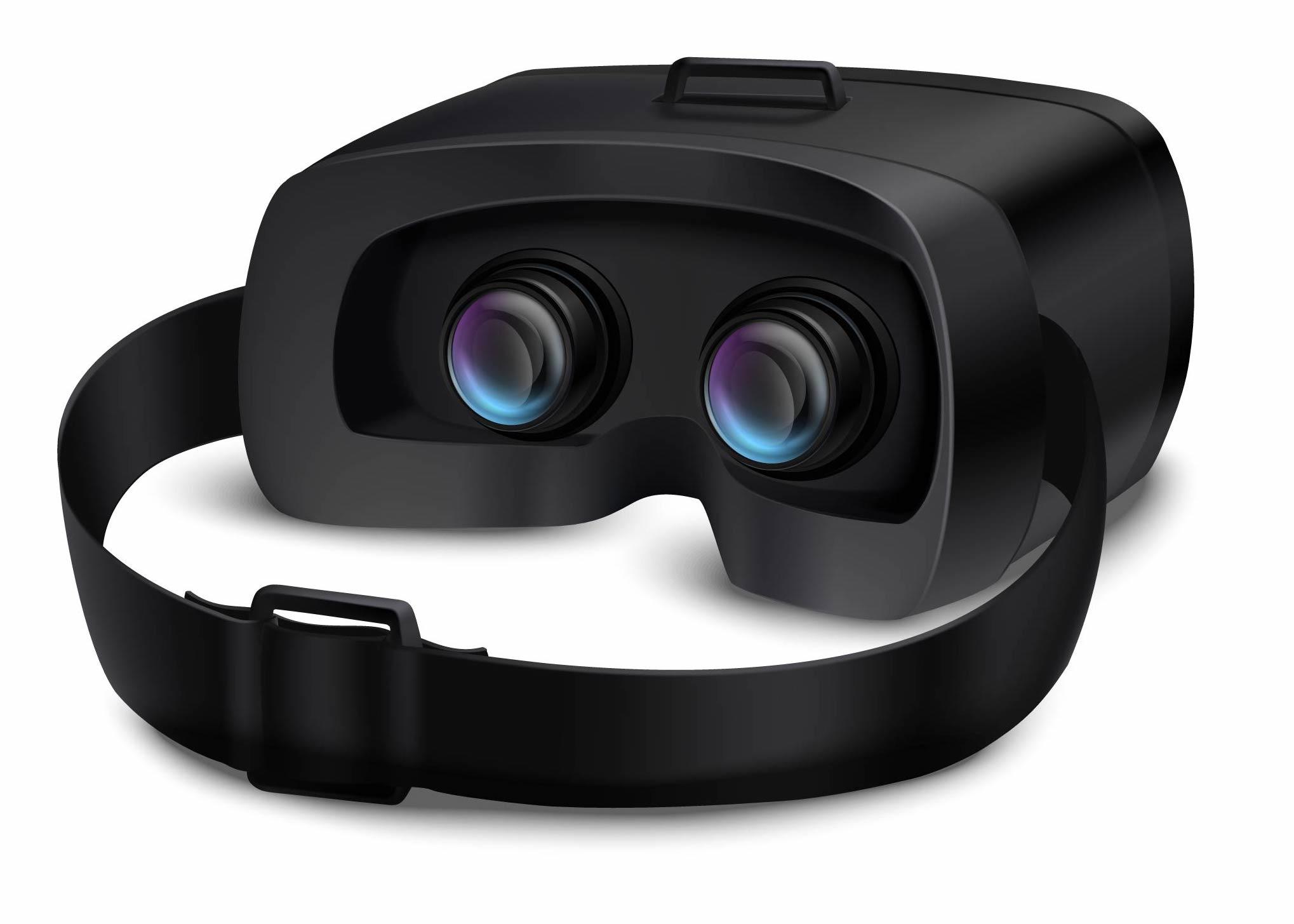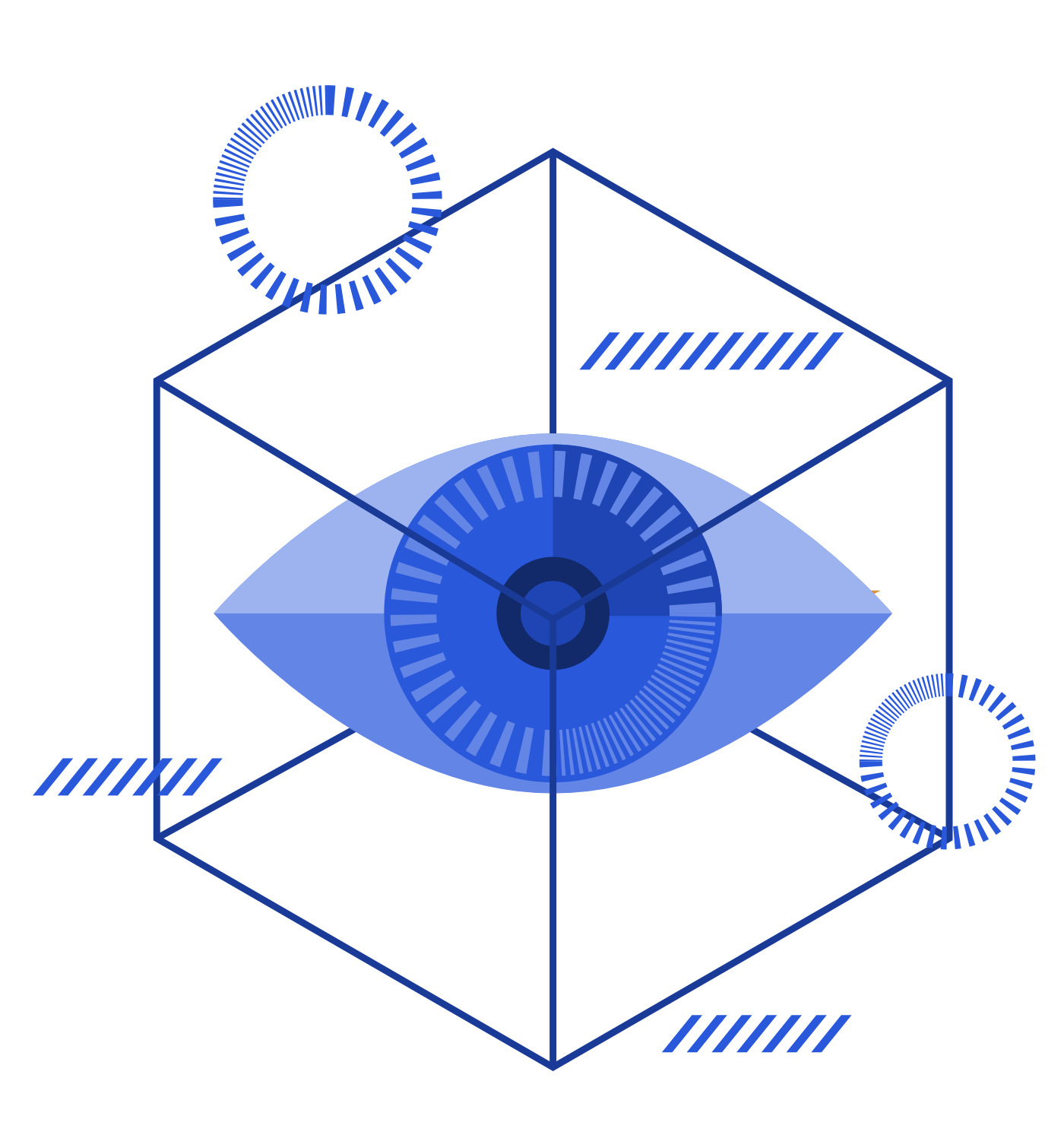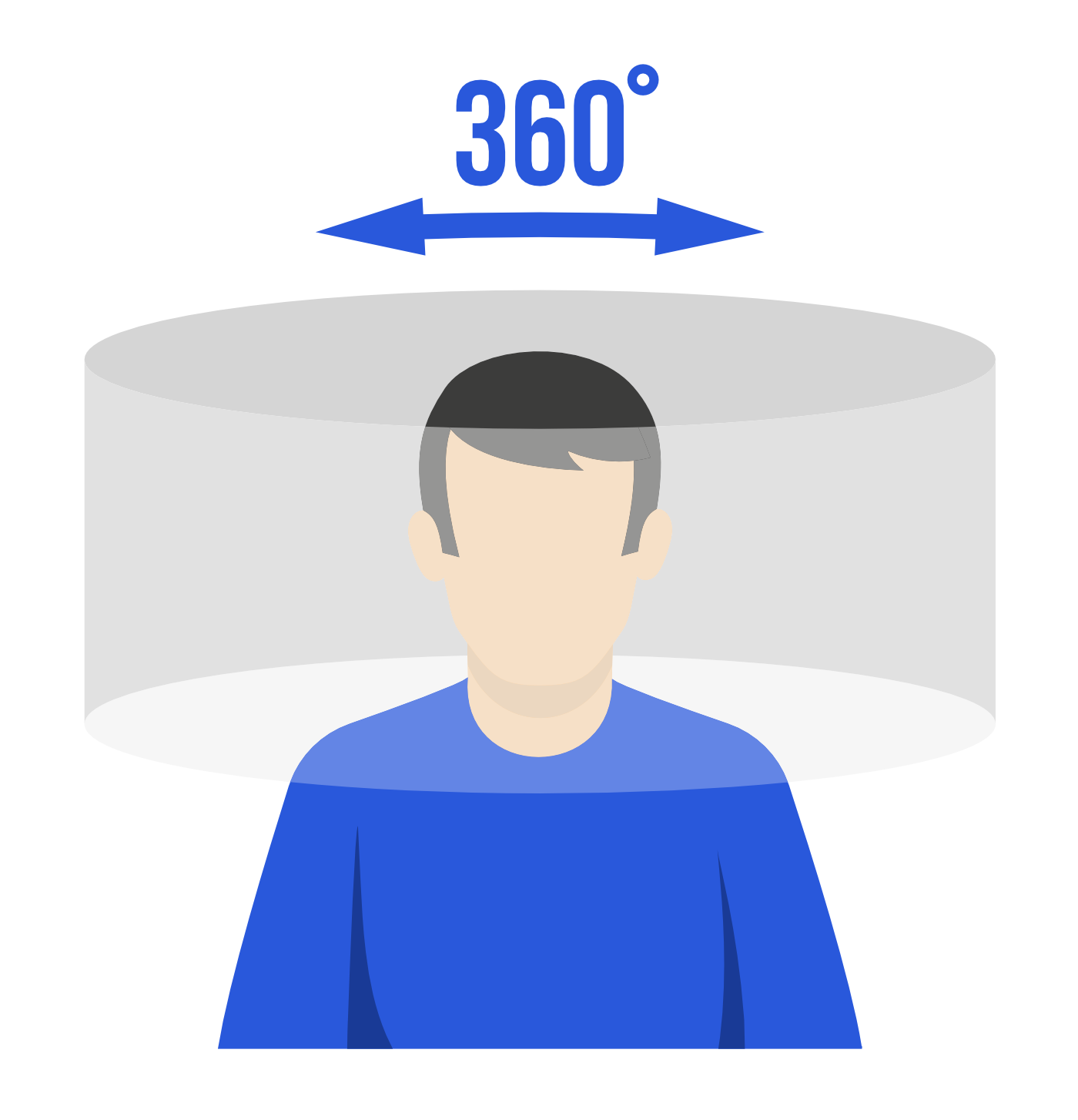Virtual reality technology is evolving exponentially. Weighting is more real than ever thanks to the rapid advancement of the entire industry.

Technologie VR

Technologie virtualní reality se exponenciálně vyvíjí. Zažítek je reálnější než kdy dříve díky rychlému pokroku celého odvětví.
The most effective training method
Virtual reality takes training effectiveness to a whole new level. Every participant literally experiences their training with all their senses.

Pro účastníka
- 100% concentration
- Real experience of situations
- More efficient information processing
- Possibility to repeat the training at any time
- A fun form of education
Pro firmu
- Modern technology education
- Employees are better trained
- More cost-effective
- Ability to create customized training
- Competitive advantage
Podívejte se na případové studie, které jasně prokazují výhody a efektivitu technologie virtuální reality v odvětvích jako zdravotnictví, strojírenství nebo v armádě.
A new dimension of experience
The most important sense for humans is sight. About 80% of all information is perceived by sight. In VR, you are surrounded by a 360-degree environment that you are drawn into with a VR headset. After a few minutes in VR, your brain will be completely convinced of the veracity of the environment.

The technology that lets you be anywhere
A 360 degree image can give us the authenticity of the environment. We are able to add 3D objects, a projection screen, photos, videos and last but not least special effects to the image itself.
This allows us to simulate different situations and environments in the most realistic way. Such realistic and accessible simulations have never been available in the history of mankind.

VR development was initially driven primarily by Nasa and the military.
Virtual reality has been in development since the 1970s, when Nasa and the US military began exploring the technology. At that time, it was very difficult and expensive to create realistic virtual reality because the technology was not at the level it is now. In the late 90s, the gaming industry began experimenting with virtual reality in an effort to get VR out to mainstream users.
The major VR boom came after 2010, when the technology reached the level of a usable VR headset. Companies like Oculus, HTC and Sony started releasing their headsets and the whole industry started to grow exponentially. Today, VR’s shortcomings are mainly low resolution and short battery life. As with any product, there will come a time when these shortcomings will be removed and VR will become a normal part of our reality.
Technology is slowly but surely making it possible to use VR in practice.
Thanks to the ever-increasing availability of virtual reality (lower price, better technical parameters), virtual reality is slowly but surely starting to take its place in our everyday lives. Today’s technological level of virtual reality really makes it realistic to experience any situation that is limited only by the limits of developers.
It is an inevitable future that, for example, the training of flight attendants, firefighters or doctors will take place in virtual reality. Very likely, VR will become the new standard of education. This technology makes it possible to prepare people for their jobs many times more efficiently and cheaper than existing training methods.
The reach and use of virtual reality will grow exponentially.
Virtual reality technologies are still very much in their infancy. Currently, we are most concerned about low resolution and low battery life. But companies are aggressively investing in development to address any shortcomings and make the virtual reality experience even more real and comfortable for users.
Our role here is simple – we take responsibility for the dissemination and adoption of this new technology among businesses, schools and government institutions. VR is undoubtedly changing all the established rules in education, and someone has to be the one to show real and practical use.



